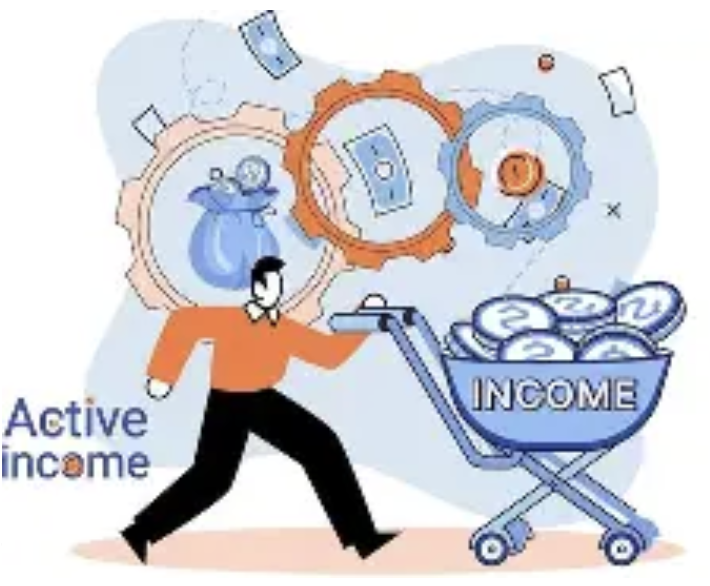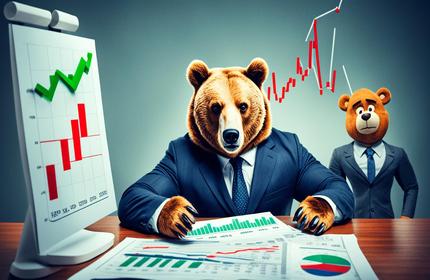The economy of the world constantly changes, impacting financial conditions. People who have a lot of money can gain from understanding these trends and changing their investment approaches to safeguard and grow their assets. Rather than adhering to old beliefs, let's explore innovative strategies for handling shifts in the economy.
The Hidden Signals in Early Expansion
In the initial phase of economic growth, when many investors begin to feel more secure, there are frequently missed chances. Rather than hastily investing in well-known stocks, think about putting your money into “pioneer sectors.” These fields are essential for kickstarting larger economic development. For instance, startups in urban infrastructure that concentrate on smart city innovations can flourish as urban areas prepare for heightened economic activity. These businesses create solutions for better traffic control, energy distribution, and waste management, which become increasingly important during times of economic expansion.
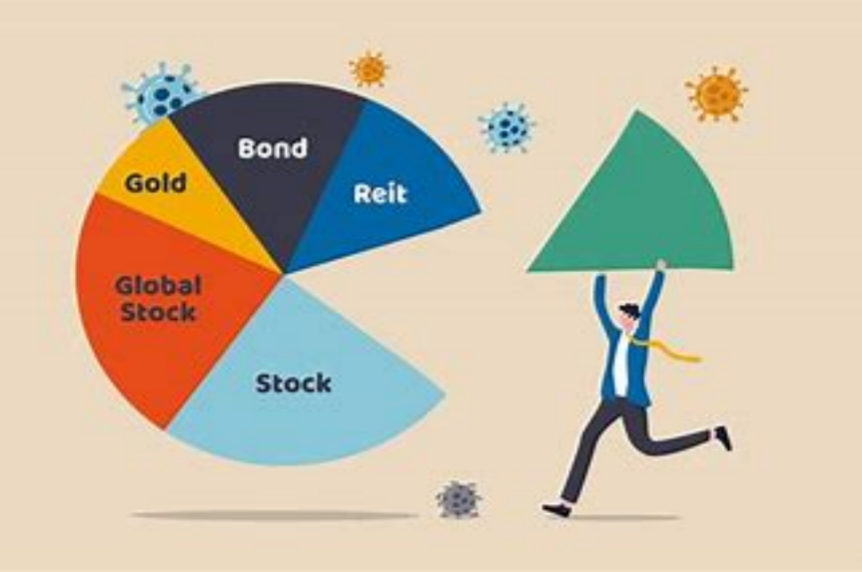
Another option is to seek out investment prospects in developing nations that are about to grow. Finding countries with stable governments, advancing education systems, and growing middle classes can open doors to investments in industries like consumer products and financial services, which usually experience significant growth during early recovery periods.
Navigating the Late Expansion Trap
As the economy nears the late stages of its expansion, it is common to hear advice about reducing risk. Yet, there is a more refined strategy that can be employed. Rather than completely pulling out of stock investments, you should consider “defensive-growth” stocks. These are firms in sectors such as healthcare and utilities that boast significant growth potential thanks to innovations. For example, biotech companies focused on gene-editing or utility firms investing in renewable energy can provide both stability and opportunities for growth.
Additionally, you might think about investing a part of your assets in “shadow banking” options. Structured credit funds or private lending platforms that cater to well-established small and medium-sized businesses can yield appealing returns during this period. These platforms operate outside conventional banking but offer a variety of loan portfolios, which helps lessen the risk tied to individual borrowers.
Thriving in the Recessionary Abyss
Recessions are usually regarded as times of financial crisis; however, they also offer distinct chances. An unexpected tactic is to put money into what is known as “distressed luxury.” During economic downturns, luxury items like upscale properties, vintage cars, or exceptional pieces of art may see their prices drop temporarily as sellers attempt to raise funds. Wealthy individuals who have cash on hand can take advantage of these lower prices to buy these assets.
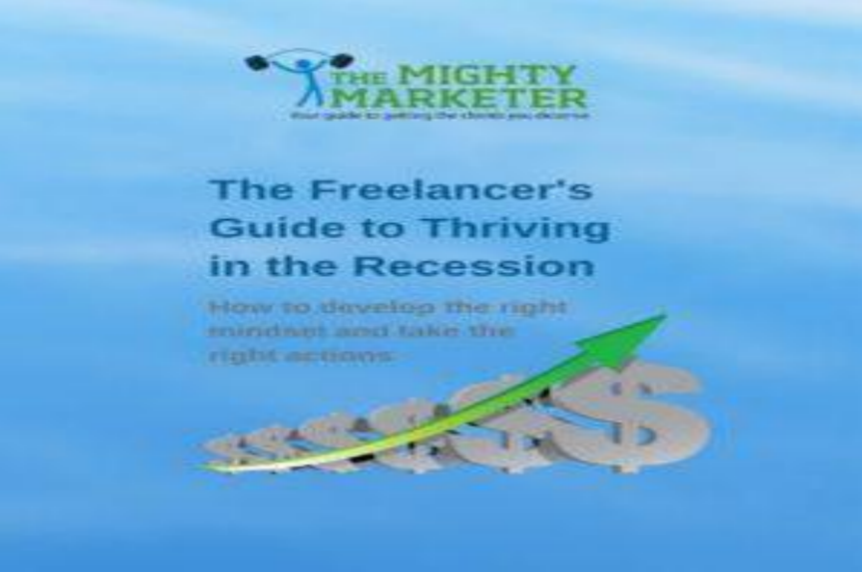
In the long run, as the economy improves, the worth of these luxury goods typically increases greatly. Another strategy is to invest in “recession-resistant” startups. Businesses that create software to reduce costs, alternative food options to address rising prices, or new payment methods for consumers with limited cash flow can find a strong demand during economic slumps. By investing in such startups through venture capital or angel funding, investors can potentially gain significant profits when the economy recovers.
Capitalizing on the Recovery Rebound
During the recovery phase of the economy, it's wise to seek “sector rotation” chances instead of merely pouring money into the same successful assets from before the recession. Previously overlooked areas, such as consumer discretionary stocks, could rise sharply as consumer confidence makes a comeback. Within this category, prioritize companies that have adjusted to new shopping trends, like e-commerce platforms that offer superior omnichannel services.
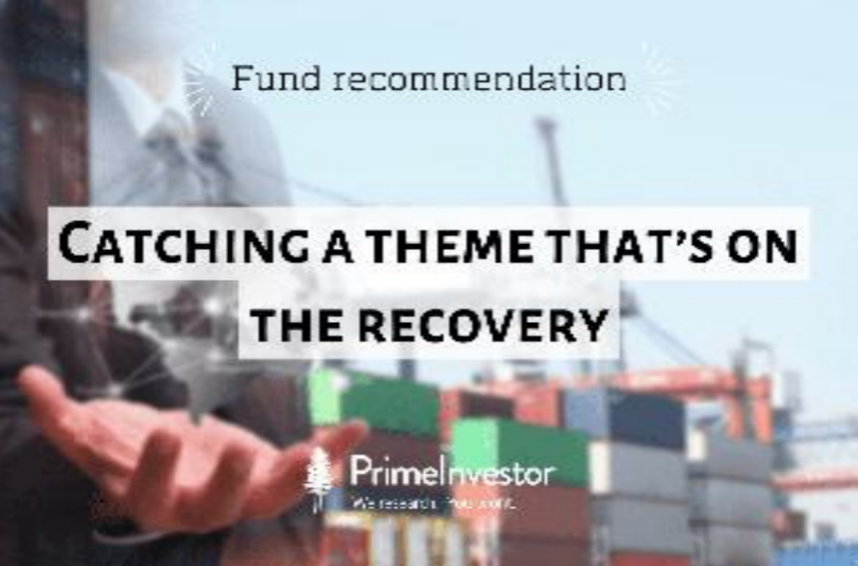
Additionally, think about putting your funds toward “green recovery” projects. As governments around the globe prioritize investments in sustainable infrastructure to kickstart economic growth, firms engaged in renewable energy, energy-efficient building, and sustainable farming are likely to see significant advancements. This strategy supports global environmental efforts while presenting robust investment opportunities.
Though global economic trends can be uncertain, a tactical and forward-thinking method to asset distribution allows wealthy individuals to capitalize on these changes for financial gain. By exploring creative investment paths in each economic phase rather than sticking to traditional choices, you can navigate the ups and downs of the economy and create a strong and successful investment portfolio.



